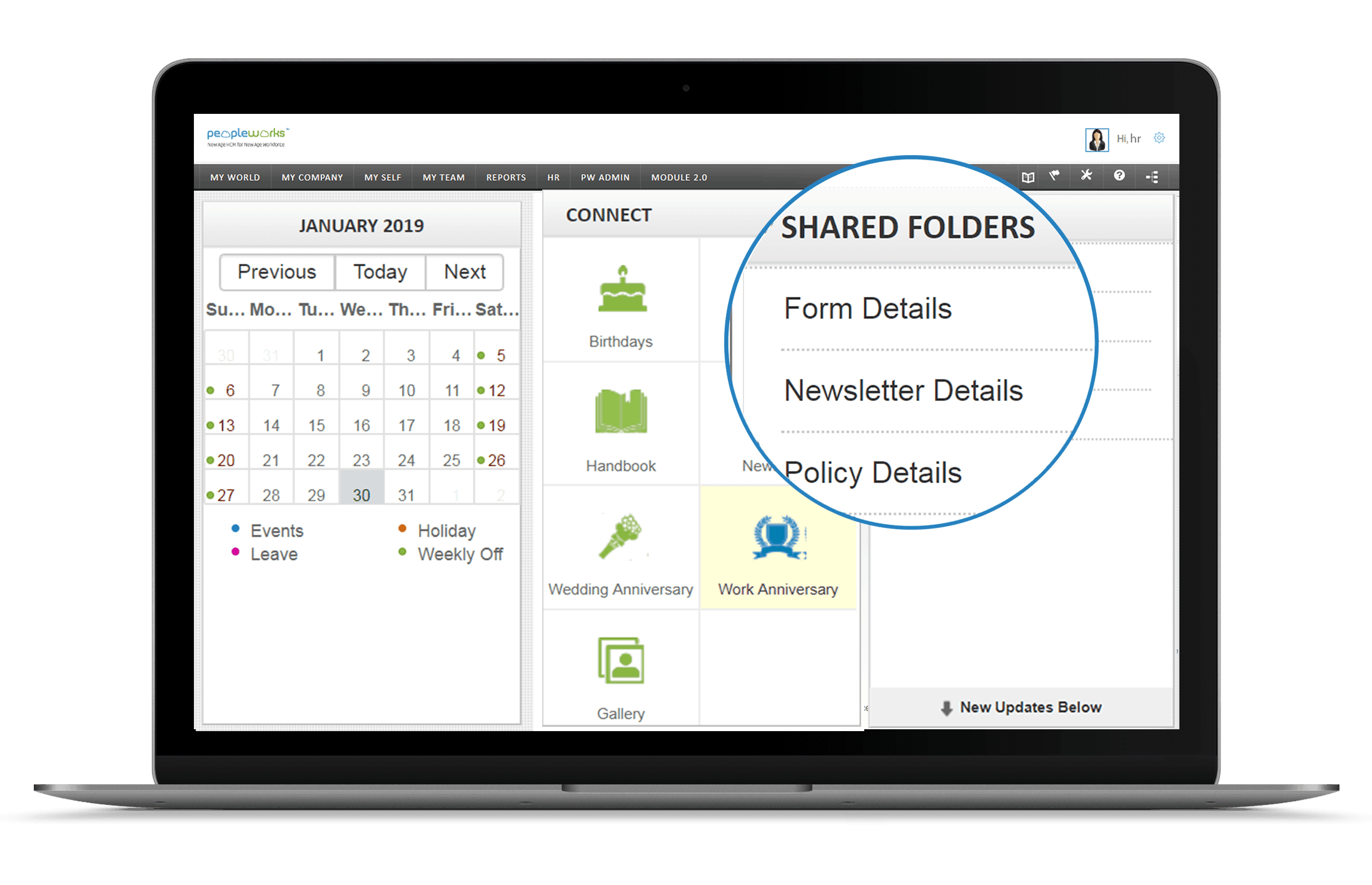In today’s dynamic and competitive business environment, organizations are constantly seeking innovative ways to enhance employee performance and drive organizational success. One such strategy gaining traction is Goal-Linked Performance Management (GLPM). This approach aligns individual and team goals with the overall objectives of the organization, fostering a sense of purpose, motivation, and accountability among employees. In this blog, we will explore the concept of Goal-Linked Performance Management, its benefits, and how organizations can effectively implement it to achieve outstanding results.
A Comprehensive Guide to Goal-Linked Performance Management

Introduction

Understanding Goal-Linked Performance Management
Goal-Linked Performance Management is a strategic framework that connects individual and team goals to the overarching goals of the organization. It goes beyond traditional performance management systems that focus solely on evaluating past performance. Instead, GLPM emphasizes the importance of setting clear, measurable, and aligned goals that contribute directly to the success of the organization.
Key Components of Goal-Linked Performance Management
Goals at every level, from individual to team and organizational, should be aligned with the broader strategic objectives. This ensures that every employee’s efforts contribute directly to the company’s overall success.
Continuous Feedback
GLPM encourages ongoing communication and feedback between managers and employees. Regular check-ins provide an opportunity to discuss progress, address challenges, and make necessary adjustments to goals.
SMART Goals
Goals in a GLPM system should be Specific, Measurable, Achievable, Relevant, and Time-bound. This framework ensures that goals are clear, quantifiable, attainable, meaningful, and have a defined timeline.
Employee Involvement
Employees should actively participate in the goal-setting process. This involvement fosters a sense of ownership, commitment, and motivation to achieve the set objectives.
Advantages of Goal-Linked Performance Management
Implementing Goal-Linked Performance Management
Conclusion
Goal-Linked Performance Management is a powerful tool for organizations seeking to enhance performance, foster employee engagement, and achieve strategic objectives. By aligning individual and team goals with the broader organizational mission, businesses can create a culture of accountability, motivation, and continuous improvement. As the business landscape continues to evolve, implementing a robust GLPM framework can be a key differentiator in driving success and maintaining a competitive edge.